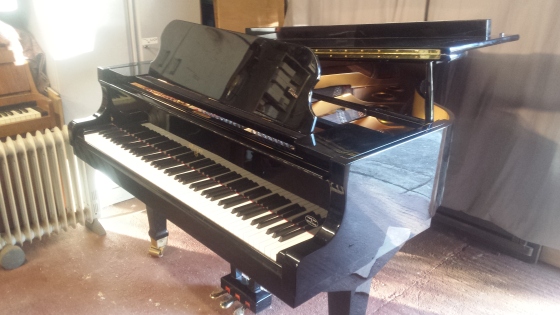
…buy a real piano. I have recently been tracking down suitable instruments for clients, taking the guesswork and risk out of purchasing a secondhand piano. As I have spent more time doing this lately I’ve found that the consistency of quality in 60’s 70’s and 80’s instruments means that good secondhand pianos are, with the right knowledge, still to be found. Many pianos were being made in the UK in these decades and there are quite a few good instruments which are barely half way through their lives. These pianos were built at a time when quality of construction mattered greatly to most British makers. So who are the makers? Makers such as Challen, Broadwood, Danemann and Welmar were market leaders, with Danemann and Welmar producing pianos that, if they were made today would command a price far in excess of many of the best pianos the far east has to offer. Combined with this one could easily expect a piano from the 70’s to give up to 30 years service (on top of the 40 they have done so far) before requiring any major work, it would be lucky to have a digital piano last more than 20 years! At a risk of becoming too ‘advertorial’, why not get in touch with your preferences and see what might be found at a fraction of the price of a new piano and how you can have a truly impressive real, quality checked and guaranteed piano for the price of the decidedly average digital alternative. I’ve included some pictures here of pianos I have found for clients in previous months.











